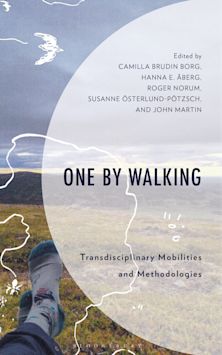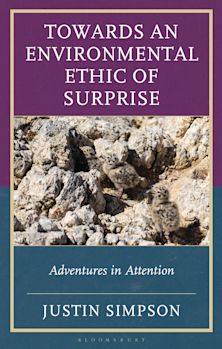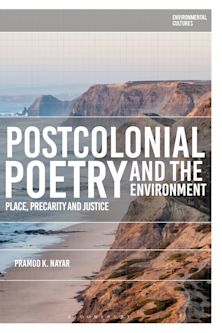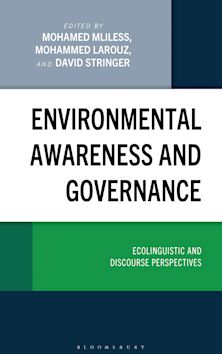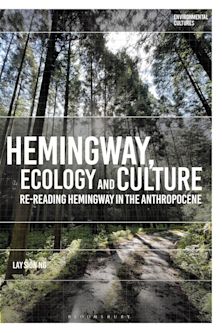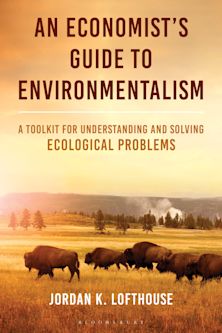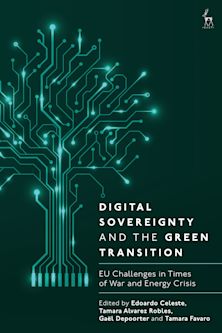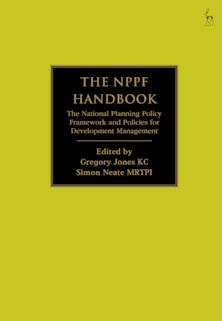- Home
- ACADEMIC
- Environmental Studies
- A Regulatory Framework to Remediate the Planet
A Regulatory Framework to Remediate the Planet
Strategies, Outcomes and Implications
A Regulatory Framework to Remediate the Planet
Strategies, Outcomes and Implications
For information on how we process your data, read our Privacy Policy
Thank you. We will email you when this book is available to order
You must sign in to add this item to your wishlist. Please sign in or create an account
Description
Ubiquitous environmental pollution and how we regulate it is now a critical issue. A Regulatory Framework to Remediate the Planet: Strategies, Outcomes and Implications develops an optimized regulatory strategy to minimize human-generated environmental harms to Nature by the generation of multi-media pollution and postulates a means to use these same techniques “in reverse” to restore Nature's ecosystems.
The core strategy is exceptionally far reaching. It will, among its outcomes:
Reform key aspects of the Clean Air Act (CAA).
Upon adapting this strategy to regulating the generation of solid waste pollution, facilitate the transition to a circular economy (CE).
When further generalized, holistically regulate the generation of multi-media environmental pollution, i.e., air, water, onsite generated waste and solid waste pollution.
Present a rigorous method to mitigate global climate change.
Use economic and ecological tools to systematically restore ecosystems.
Formulate the existence of a Grand Unified Theory of Environmental Law and Regulation.
These outcomes are only possible through the intelligent use of rigorous, limit-based regulation, employing the proper blend of command-and-control and market-based instruments, all rooted in an underlying regulatory structure applied to the generation of environmental pollution which can be holistically applied as a regulatory strategy across all environmental media.
Table of Contents
Acknowledgments
Abbreviations
Introduction
Part 1: Prepping for Regulatory Surgery
Chapter 1: The Fundamentals of Regulating Air Pollution
Chapter 2: The Inherent Design Flaws of Regulating Stationary Sources Under the Clean Air Act
Chapter 3: Past Discussion of Clean Air Act Reform
Part 2: The Comprehensive Strategy
Chapter 4: A New Framework for Regulating Air Pollution from Stationary Sources
Chapter 5: Insights and Commentary on the Comprehensive Strategy
Part 3: The Adapted and Generalized Strategies
Chapter 6: Adapting the Comprehensive Strategy to the Generation of Solid Waste Pollution
Chapter 7: Generalizing the Strategies to the Generation of Multi-Media Environmental Pollution
Chapter 8: Commentary on and Implications of the Adapted and Generalized Strategies
Part 4: Pursuing a Grand Unified Theory of Environmental Law and Regulation
Chapter 9: Expanding the Use of the Strategies
Chapter 10: The Implications for Environmental Law
Conclusion
Bibliography
Product details

| Published | 13 Nov 2025 |
|---|---|
| Format | Ebook (PDF) |
| Edition | 1st |
| Extent | 352 |
| ISBN | 9798216269168 |
| Imprint | Bloomsbury Academic |
| Illustrations | 4 b/w |
| Series | Environment and Society |
| Publisher | Bloomsbury Publishing |















